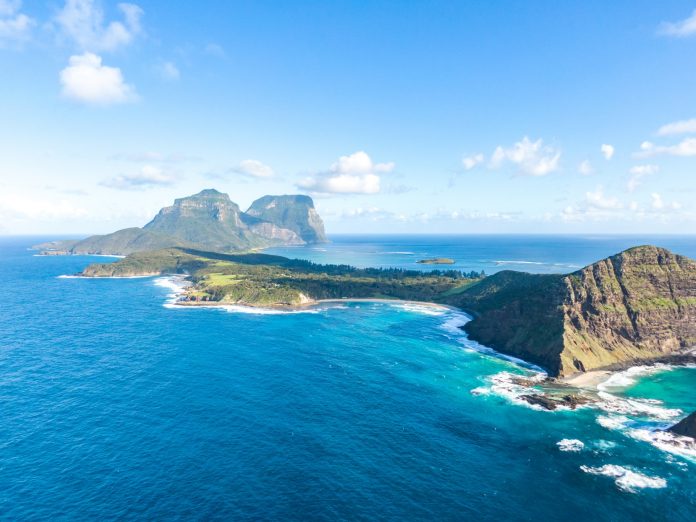Close your eyes and imagine your holiday utopia.
Maybe it’s a quintessential island playground with swaying palms, white sandy beaches, coral-fringed lagoon, surfable waves, mountain hikes with rewarding panoramas, and a mild subtropical maritime climate.
While it has all the modern conveniences you’ve come to expect, this utopia has a quiet ambience and slower pace that helps you be your best self.
That’s how many visitors describe Lord Howe Island.
And even better, it’s all relatively close to home – an ecological gem lying about 600km north-east of Sydney and in line with Port Macquarie on the NSW Mid-North Coast.
UNESCO listed the Lord Howe Island Group as a World Heritage Property in 1982 in recognition of the global significance of the beauty and biodiversity found there.
So, it’s no wonder the crescent-shaped island is commonly referred to as “the last paradise”.
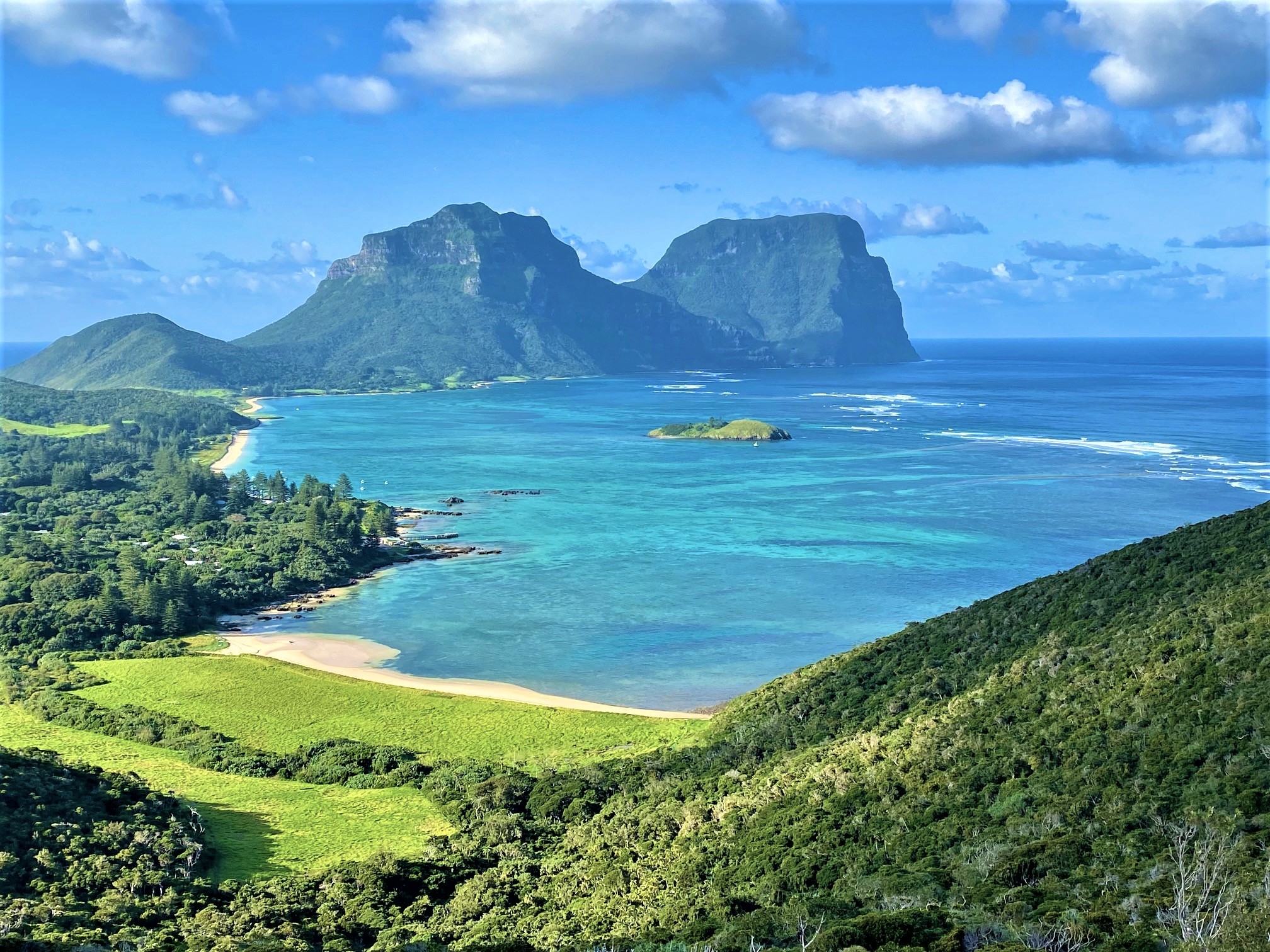
“Paradise” is a word bandied around willy-nilly but, in this case, it’s true. Residents and government authorities aim to keep it that way through a raft of measures to preserve and protect Lord Howe Island (LHI) today and tomorrow.
And that goes hand in hand with another important word: sustainability.
Sustainable tourism is a consideration in the minds of a growing number of travellers globally.
Am I harming the planet with my travel choices? Can I offset carbon dioxide emissions through my airfares? Am I making my destination a better place by visiting, or compounding problems?
The Expedia Group’s 2022 Sustainable Travel Study found 90 per cent of holidaymakers are looking for sustainable options when travelling.
Sustainability isn’t just a catchcry on LHI. It is a way of life – one that not only continues to make this pristine dot in the middle of the Pacific Ocean attractive to tourists from all over the world but also ensures residents are able to enjoy their idyllic surrounds for future generations.
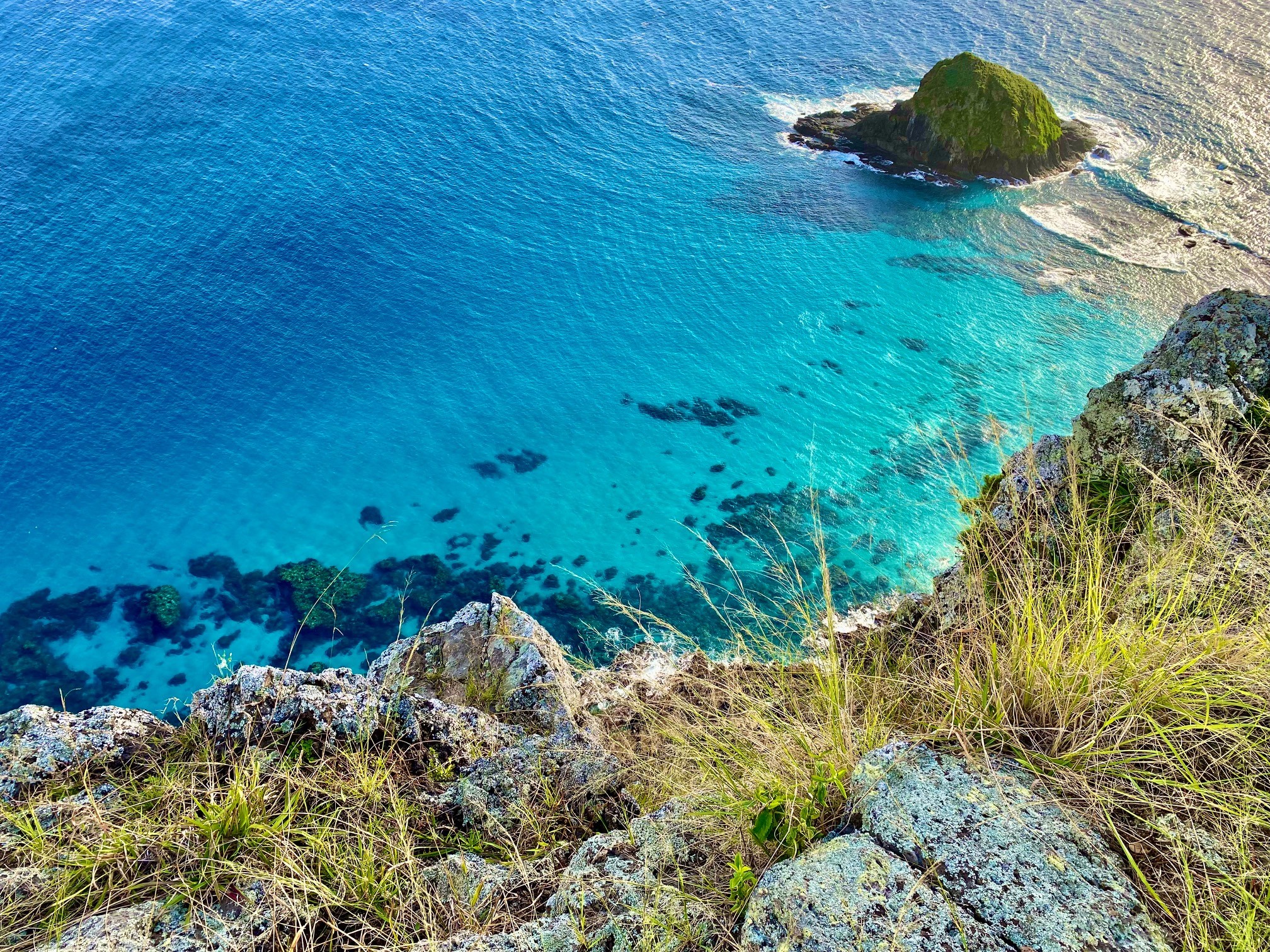
Application has been made through Ecotourism Australia to become an Eco-Certified Destination that “assures travellers that certified destinations are backed by a strong, well-managed commitment to ongoing improvement of sustainable practices and provide high-quality nature-based tourism experiences within the region”.
So, just like a high-maintenance Hollywood starlet, processes have been put in place and much effort goes on behind the scenes on LHI.
Here is how this Pacific beauty maintains her virtues.
Visitor cap
In 2021, The Australian Bureau of Statistics listed Lord Howe Island’s population at 445 in 235 private dwellings.
Tourists are limited to just 400 on any given day.
As Australia’s premier bird-watching destination, LHI sometimes feels like it has more of its endemic, flightless woodhens on the ground than people.
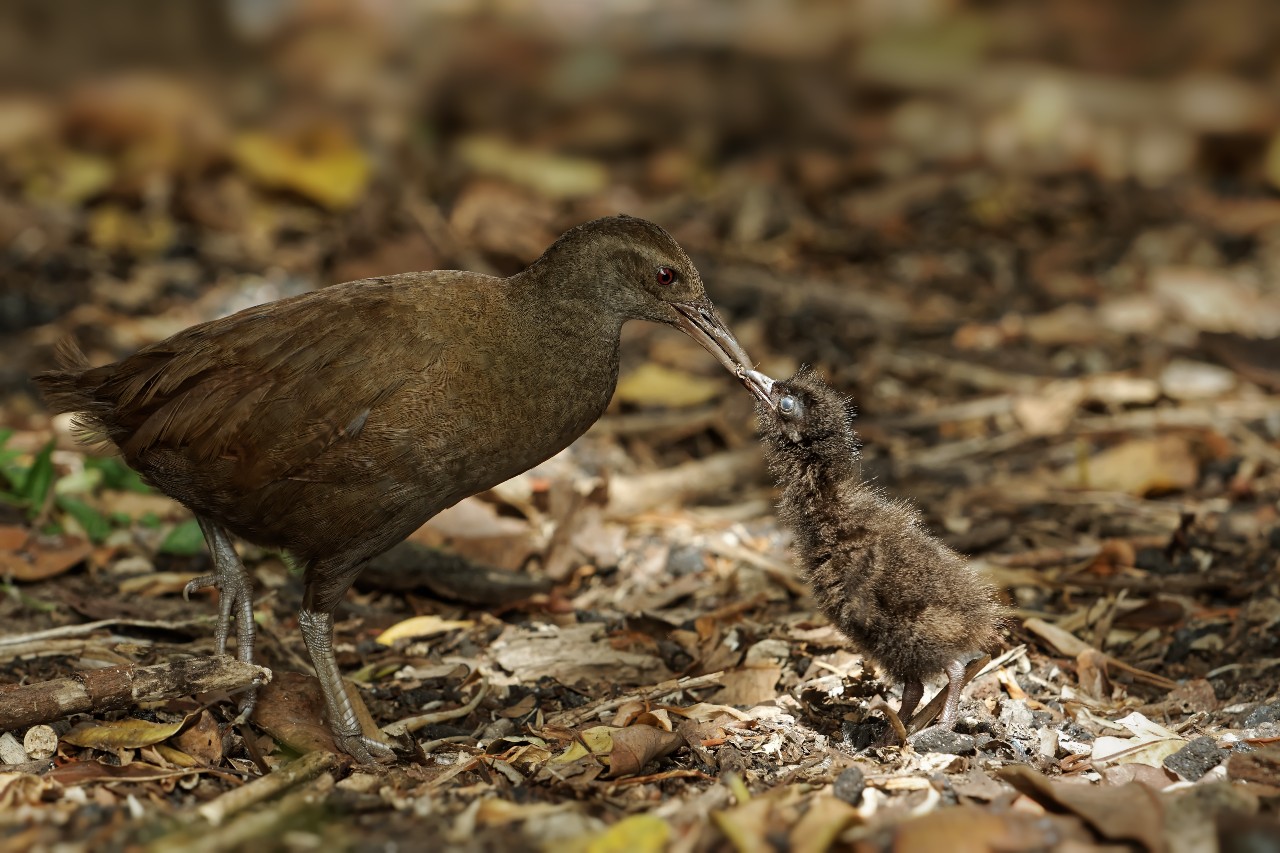
And that’s a good thing. The visitor cap ensures LHI avoids any threat of overtourism – keeping the number of tour operators and tour capacities to a manageable level, for example, in the World Heritage Listed Lord Howe Island Marine Park, which is one of the area’s main tourist drawcards.
Visitors come to experience the world’s southern-most true coral reef and the largest marine protected area off the NSW coast.
In, under and above the water, they are keen to meet the more than 500 species of fish, 90 types of coral, turtles, Galapagos sharks, dolphins and other marine creatures that call the marine park’s 350,000 hectares home.
The visitor cap means humans and creatures alike have room to move and “just breathe”.
Two wheels better than four
As LHI is compact and convenient by nature – just 11km long, 2km wide and covering only 1455 hectares – one foot in front of the other is how most residents and tourists choose to get around the island.
Many shops, cafes and restaurants, accommodation and attractions are located in what is lovingly referred to as the “CBD”, overlooking the lagoon that’s the colour of a deep aquamarine gemstone.
Thompson’s General Store, for example, is only a 12-minute walk to Old Settlement Beach for swimming and turtle viewing, and nine minutes to the Neds Beach snorkelling haven (where Blake Lively’s The Shallows was filmed – and luckily the Great White shark encounter was pure Hollywood fiction).
Humans and wildlife share the well-defined waterside tracks and hiking trails, safe bitumen roads and wide sandy beaches that make walking a joy.
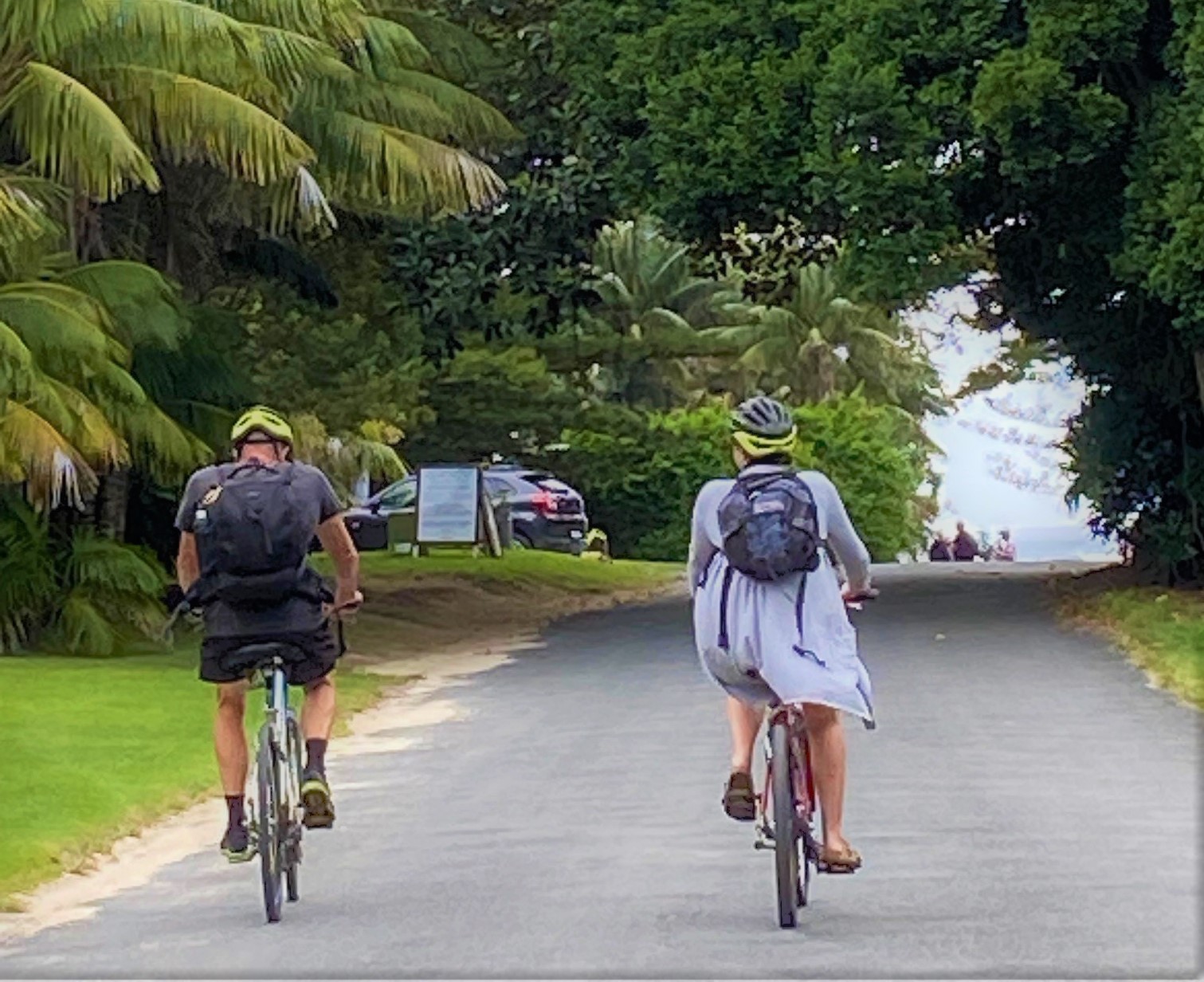
But bicycles are the next preferred mode of transport for getting from Point A to B around the island, especially if time is limited and you want to make the most of your stay.
A few accommodation providers offer guests free use of on-site bicycles.
Wilson’s Hire on Lagoon Road (open 9am-5pm, Sunday to Friday, closed Saturdays) has an array of conventional two-wheelers, tricycles and electric bikes to rent by the day or across your holiday.
The business also has a limited number of rental cars but the great majority of vehicles on the road are residents’ utes or small cars and resort/tour minivans – many of those electric (there’s only one service station: Lord Howe Island Fuel on Skyline Drive).
The legal speed limit on the island is 25km/hr and drivers are encouraged to be courteous and patient.
Thankfully that attitude helps LHI’s muttonbirds (shearwaters) that seem to love the warmth of the bitumen roads at night when the island’s only traffic jams result from sympathetic locals waiting for these seabirds to move on (14 species of seabirds breed in the hundreds of thousands and return to the island at dusk each day during the months of September through to May).
And in a well-oiled, operation that requires just a little notice, resorts and accommodation providers drive guests to off-site restaurants at night for free; the restaurants have a complimentary return service for diners after dinner.
This collaboration serves to cut back on energy costs and the number of vehicles on the roads.
Litter is a dirty word
Coastlines the world over succumb to currents bringing ashore man-made rubbish and plastics from yachts and ships at sea.
Some tourists carelessly drop food packaging and drink containers, little by little destroying what they came to enjoy.
But visitors will be hard-pressed to notice a skerrick of litter along roadsides, jungle paths and sandy stretches on LHI.
The virtually litter-free streets encourage everyone to “do the right thing” and pop general waste in bins, while a concerted effort to recycle is also highly visible.
Reuse, reduce and recycle is the island mantra, since it has no landfill capability.
The island has an enviable diversion rate from landfill that is one of the highest in Australia at close to 85 per cent.
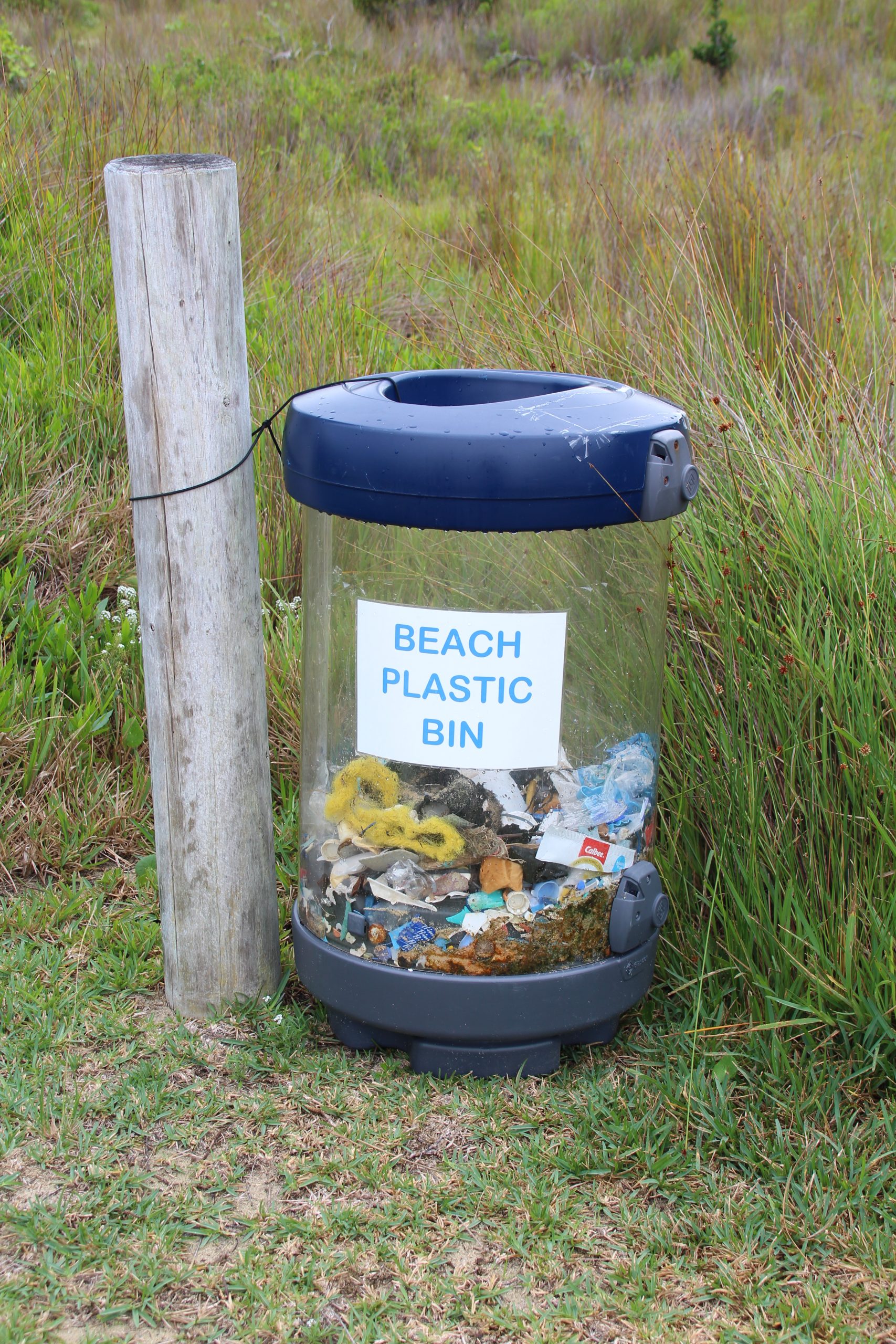
The world could take a leaf out of the LHI recycling book, with beach plastics containers and lines of recycling/general waste bins within easy reach of beach accesses and picnic areas.
Many resort and accommodation providers offer general waste/foodstuffs/recycling options in units and houses.
LHI has no garbage collection service so all “rubbish” is delivered to the waste management facility near the airport.
Compostable materials including decayable food waste, paper/cardboard, bio-solid and green waste are separated and processed into revegetation and rehabilitation projects on the Island.
Recyclable materials including crushed glass, aluminium, plastics, concrete/masonry rubble, scrap metal, oils, paints, photocopy/printer cartridges, batteries, whitegoods, tyres and other plastics are recycled, packaged and transferred to the mainland.
Materials including untreated wood are incinerated, while items such as clothes, building materials, unwanted household items, including furniture, toys and books, are reused.
Any general waste such as nappies and treated timber, that cannot be composted or used on the island, is shipped to a waste management facility on the mainland at Port Macquarie for recycling, reuse or land fill disposal.
Green investment
Protecting the LHI’s delicate natural balance goes much further than shoe-washing facilities or the free, pre-cut firewood for the barbecues that mean you don’t need to go traipsing into the bush for combustible materials, disturbing fragile microecosystems.
All visitors pay an Environment Levy – whether you arrive by plane (included in the ticket price) or yacht (collected in the mooring fees).
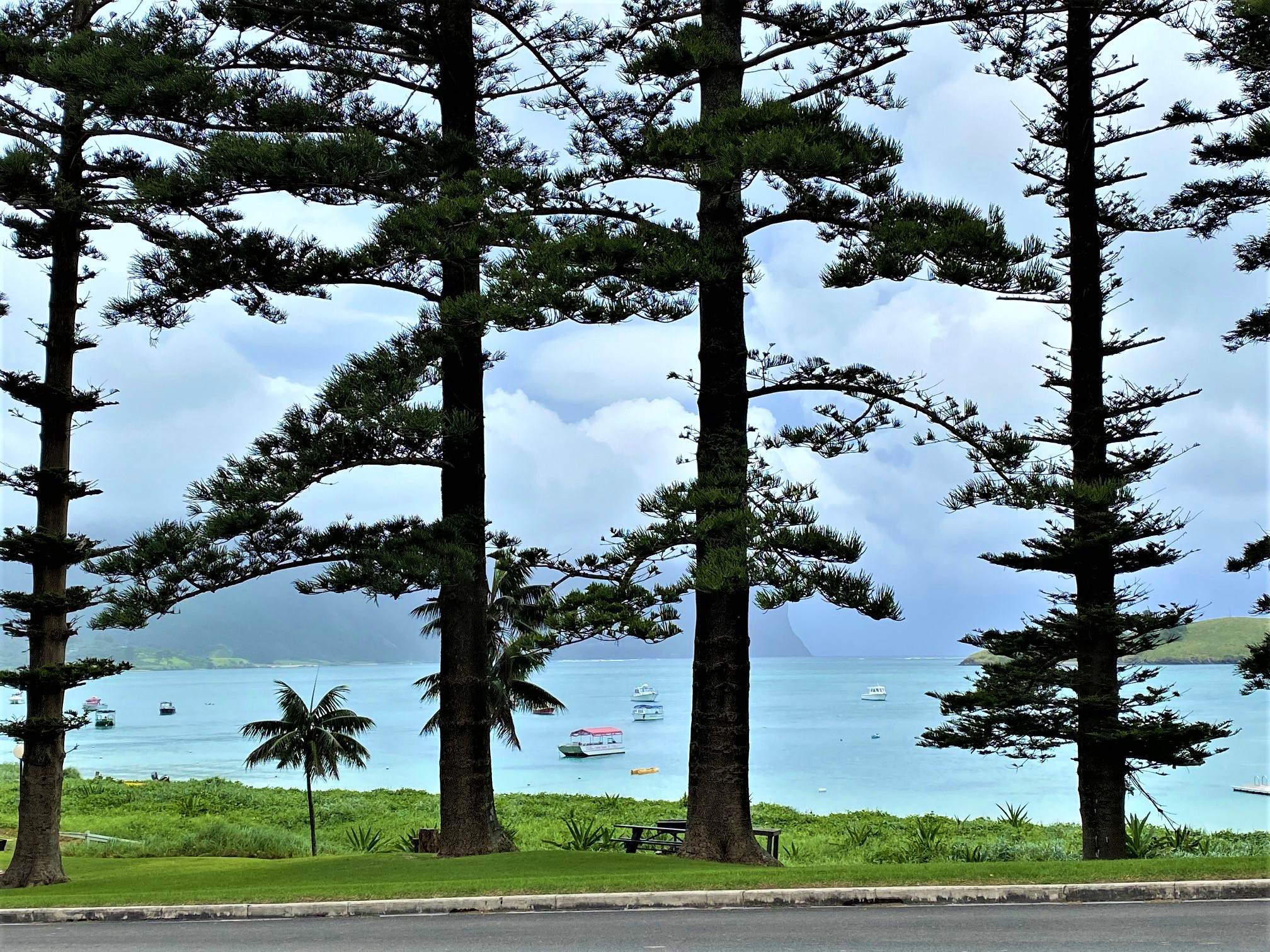
The levy supports the island’s current and future environmental programs and ensures preservation of the biodiversity through weed control, protection of native flora and fauna and maintenance of the natural habitat.
The LHI Board goes to great lengths to ensure visitors understand the need to be vigilant in protecting the environment and asks them to check clothing, luggage and freight for “hitchhikers” such as rodents, reptiles, frogs and insects and to fill in biosecurity form declarations before arrival.
Powering paradise
The hybrid renewable energy project – including more than 1.2 MW solar PV array, an integrated control system and over 3.7 MWh of battery storage – is now producing power on the island, replacing diesel generators.
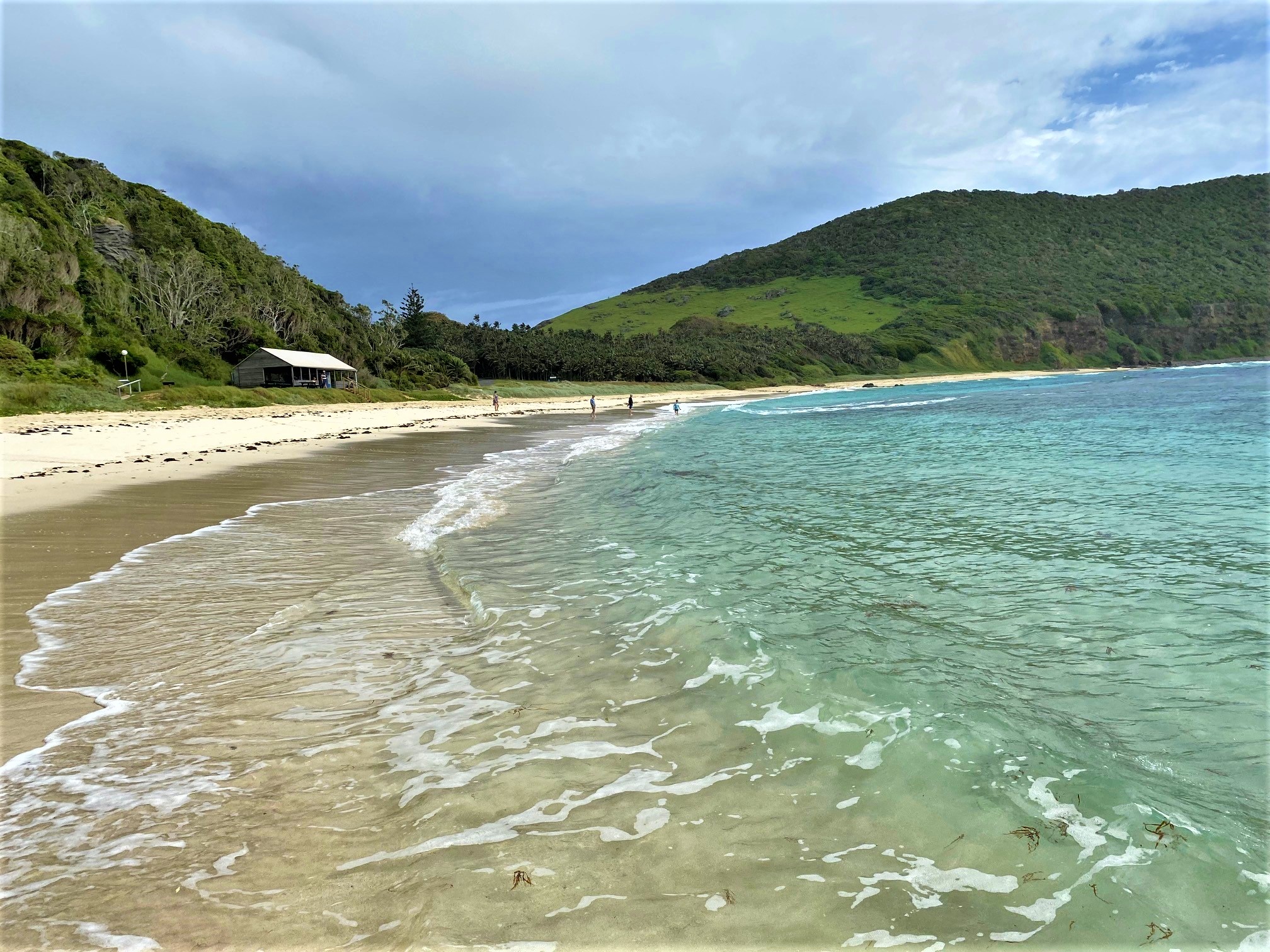
The design is expected to supply at least two-thirds of the electricity needs of the community each year to reduce diesel fuel consumption by a whopping 67 per cent and significantly limit the reliance on shipped-in diesel.
Residents and visitors alike can stay abreast of the benefits with a live snapshot of the hybrid renewable energy system in action outside the post office and inside the museum.
Rat on a rat
As late as September this year, the Royal Australian Air Force was forced to fly emergency supplies to the island when a rat, discovered on board the weekly supply ship, grounded the vessel in Port Macquarie.
The ABC reported that the ship was unloaded and forced to enter a seven-day biosecurity quarantine period, affecting businesses such as the bakery, which ran out of flour, and supplies of perishables and household gas.
Another scare came in April last year, when The Guardian reported that a male and pregnant female rat were spotted by a local woman near Neds Beach cemetery, then caught and killed.
It was the first time rats had been seen since one of the world’s largest rodent eradication programs costing $16m.
At the start of the program in 2019, the island had an estimated 300,000 rats and mice.
The rats were believed to be the descendants of black rats that escaped on to the island after the SS Makambo ran aground in 1918.
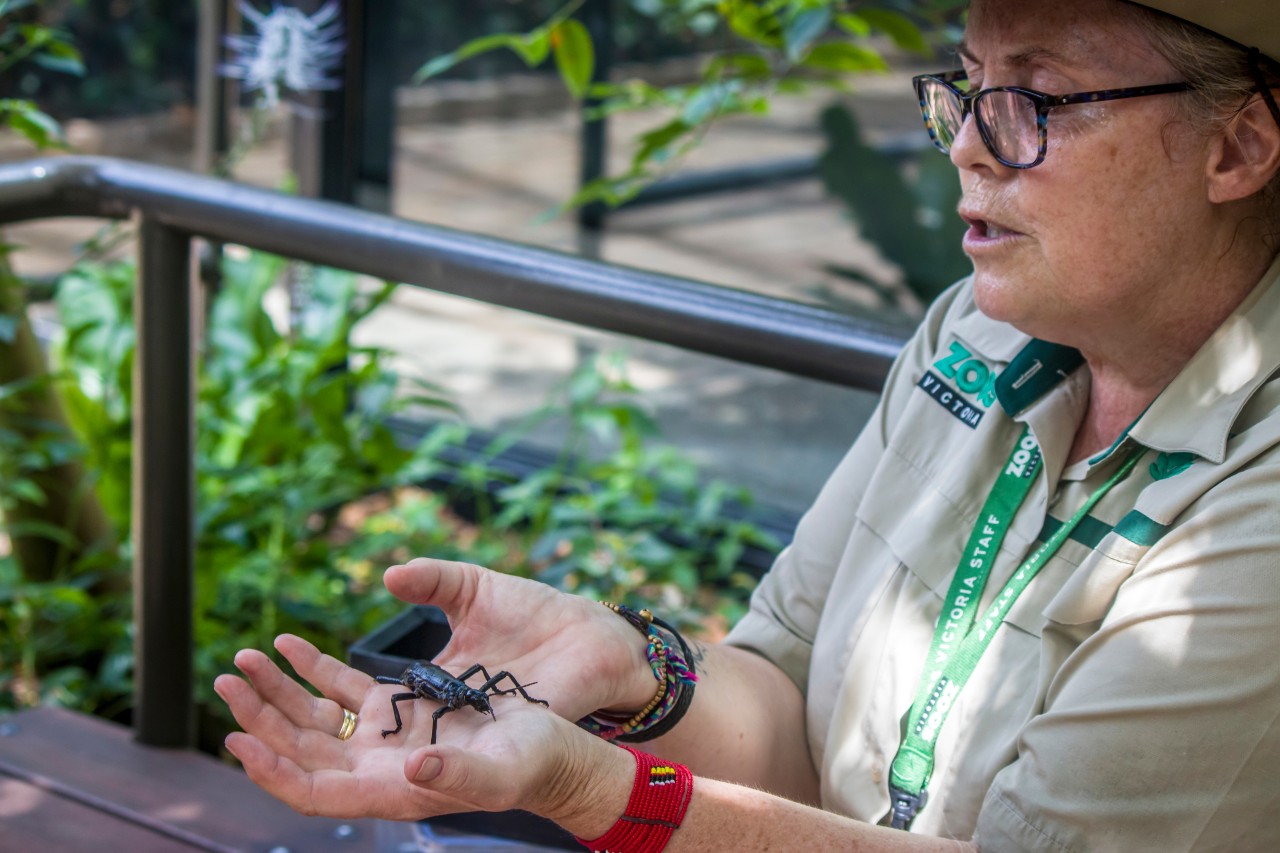
They devoured everything in sight, pushing unique flora and fauna to extinction, and almost taking with them the world’s rarest insect: the lobster-like Lord Howe stick insect that is the heaviest flightless stick insect in the world.
But in 2001, a total of 24 live Lord Howe insects were discovered on nearby Ball’s Pyramid: the world’s largest sea stack, 23km south-east of Lord Howe Island. This has allowed a new population to be established in zoo breeding programs around the world, including Melbourne Zoo, and may one day see the insects re-establish their original island residence.
The island is now rodent-free.
Weeding out the rubbish
A total of 25 priority invasive weeds that threaten to harm the island’s flora, agriculture and even human health are targeted through the Lord Howe Island Weed Management Strategy 2016-2025.
The impact has already been felt. Costing $6.4 million and taking more than 129,000 man-hours of grid searching, a 10-year program from 2004-2014 reduced weeds by 80 per cent across 1164 hectares of the island.
The LHI Board, the Sunshine Coast’s own McDermott Aviation, the NSW Environmental Trust and the Australian Government’s National Landcare program created a world-first in June 2015, using purpose-built helicopter lance spraying equipment on rugged cliffs and hard-to-access terrain.
But the island is under constant threat from currents bringing non-native seeds and weeds to the shores. Birds also do their part as weeds and seeds attach to wings or are eaten and pass through their digestive tract onto the ground.
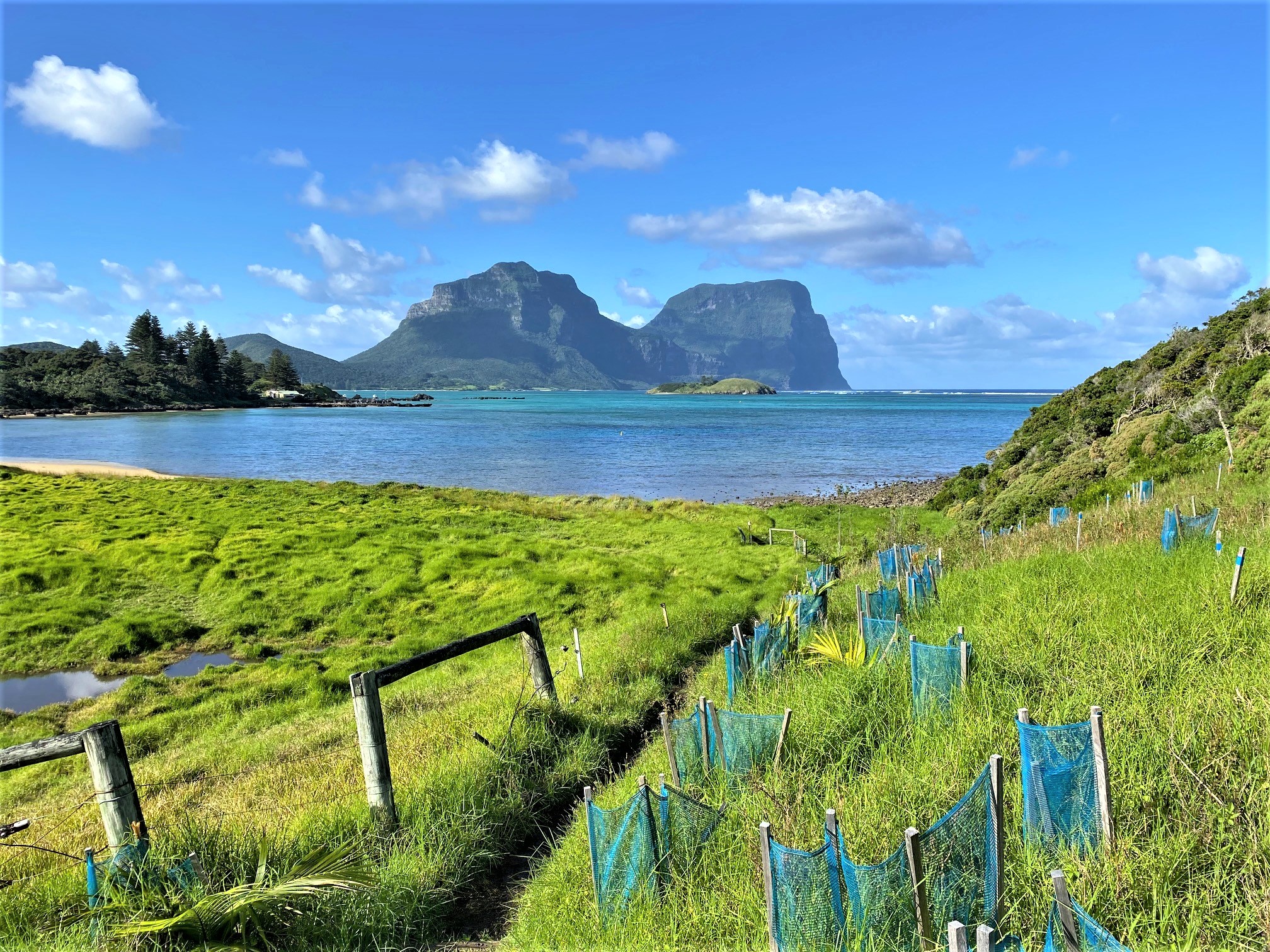
The need for “all hands on deck” for this program and other conservation projects such as surveys and tree planting led to the formation of the Friends of Lord Howe Island in 2001.
The volunteers and supporters come from throughout the island community, the mainland and beyond, paying an annual membership fee on October 31 each year.
The group accepts donations and applies for grants and sponsorship towards producing positive environmental outcomes.
For more, visit the website.
• GETTING THERE: QantasLink allows local travellers to fly from Sunshine Coast Airport to Sydney, with a connecting flight to Lord Howe Island. The flight time is under two hours from Sydney, with flights departing daily year-round. Eastern Airlines flies direct to LHI from the Gold Coast (flight time of about 110 minutes) and Port Macquarie (about 90 minutes). Two pieces of luggage are allowed, with a combined total weight of up to 23kg: 1st piece up to 14kg and 2nd piece 9kg. Flights may have weight restrictions. The second piece (9kg) may need to travel separately. Qantas Frequent Flyer and Qantas Club members’ additional checked baggage allowances don’t apply on these flights. See more at https://www.qantas.com/au/en/travel-info/baggage/checked-baggage.html Island tour companies such as Reef N Beyond can get visitors up close with all of LHI’s wonders.


